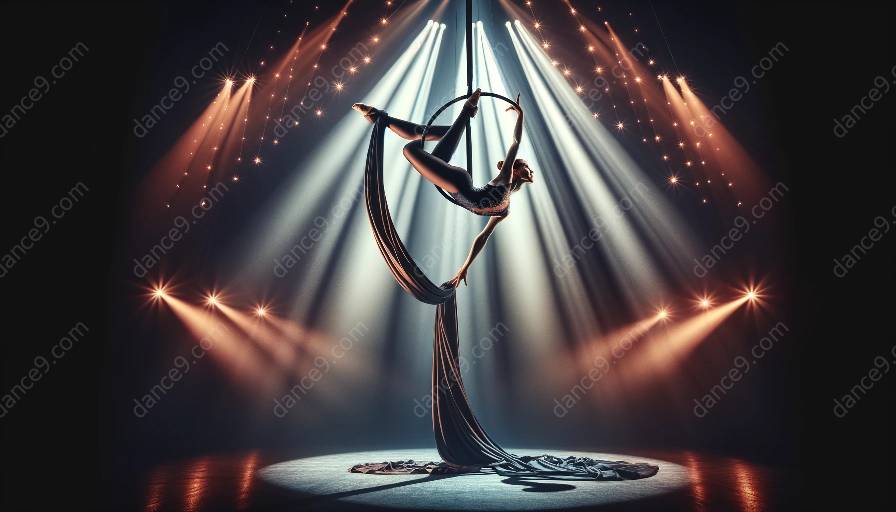When it comes to creating an aerial dance performance, several key elements need to be carefully considered and skillfully integrated to produce a captivating and safe showcase of artistry and athleticism. Aerial dance, which incorporates elements of dance and acrobatics, offers a unique and visually stunning form of expression that has gained popularity in both professional performances and dance classes. This article will explore the essential aspects of choreographing an aerial dance performance and its relevance in the context of dance classes.
1. Music and Theme
Music plays a crucial role in setting the tone and mood for an aerial dance performance. The right music can enhance the emotional impact of the movements and create a memorable experience for the audience. Choreographers must carefully select music that complements the aerial choreography and communicates the intended theme or story.
2. Movement and Transitions
Choreographing aerial dance requires a deep understanding of movement and transitions in three-dimensional space. Dancers must seamlessly transition between different apparatuses, such as silks, trapeze, or lyra, while maintaining fluidity and grace. The choreography should showcase a variety of movements, including spins, drops, wraps, and dynamic poses, to engage the audience and demonstrate the dancers' skill and strength.
3. Safety Considerations
Ensuring the safety of performers is paramount in aerial dance choreography. Choreographers and instructors must carefully assess the technical skills and physical capabilities of the dancers to create choreography that minimizes the risk of injuries. Additionally, the proper rigging and equipment maintenance are essential to guarantee a safe and secure performance environment.
4. Artistic Expression
Aerial dance offers a unique opportunity for artistic expression through movement and visual storytelling. Choreographers can utilize the aerial apparatus as a means of conveying emotion, character, and narrative, expanding the creative possibilities of dance performances. Integrating theatrical elements and innovative movement vocabulary can further elevate the artistic impact of the choreography.
5. Relevance in Dance Classes
Introducing aerial dance into dance classes can enrich the students' training by offering a dynamic and challenging form of movement exploration. Instructors can incorporate basic aerial techniques and conditioning exercises to build strength, flexibility, and spatial awareness, providing a holistic approach to dance education. Furthermore, exposing dancers to the unique artistry of aerial dance can inspire creativity and broaden their appreciation for diverse dance forms.
Overall, choreographing an aerial dance performance requires a thoughtful integration of music, movement, safety considerations, and artistic expression. Whether showcased in professional performances or incorporated into dance classes, aerial dance offers a captivating and dynamic medium for creative expression and physical prowess.













































































